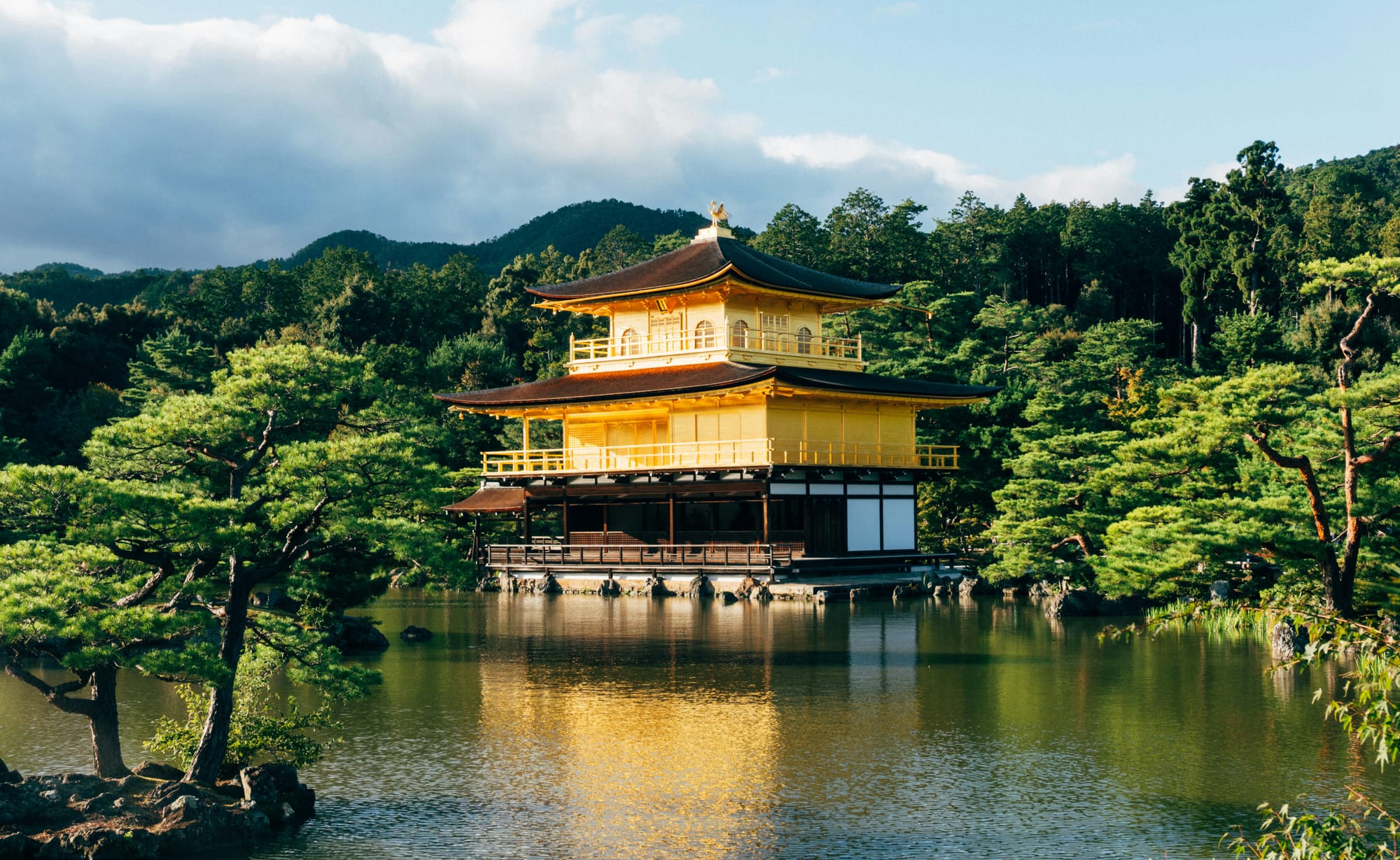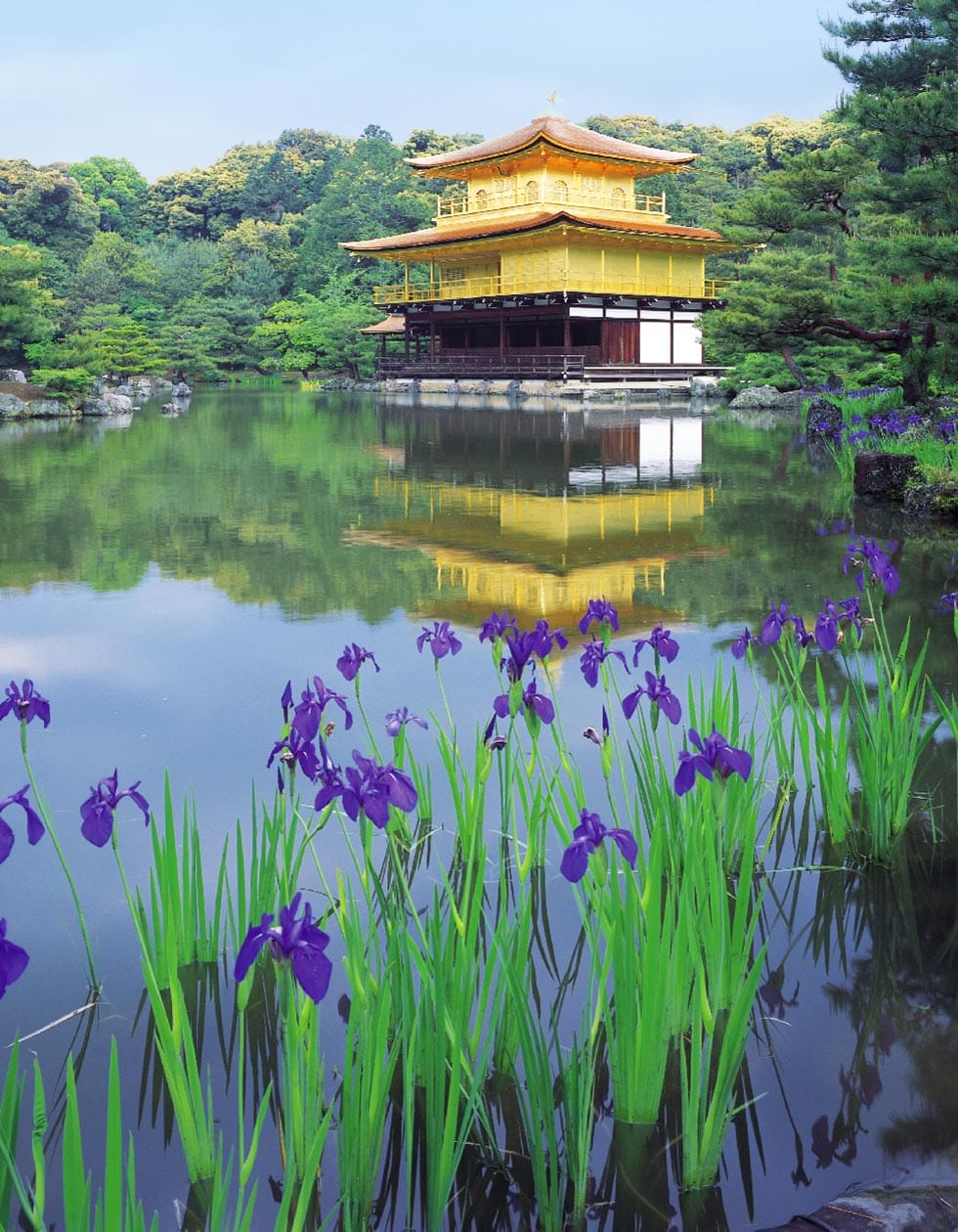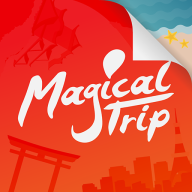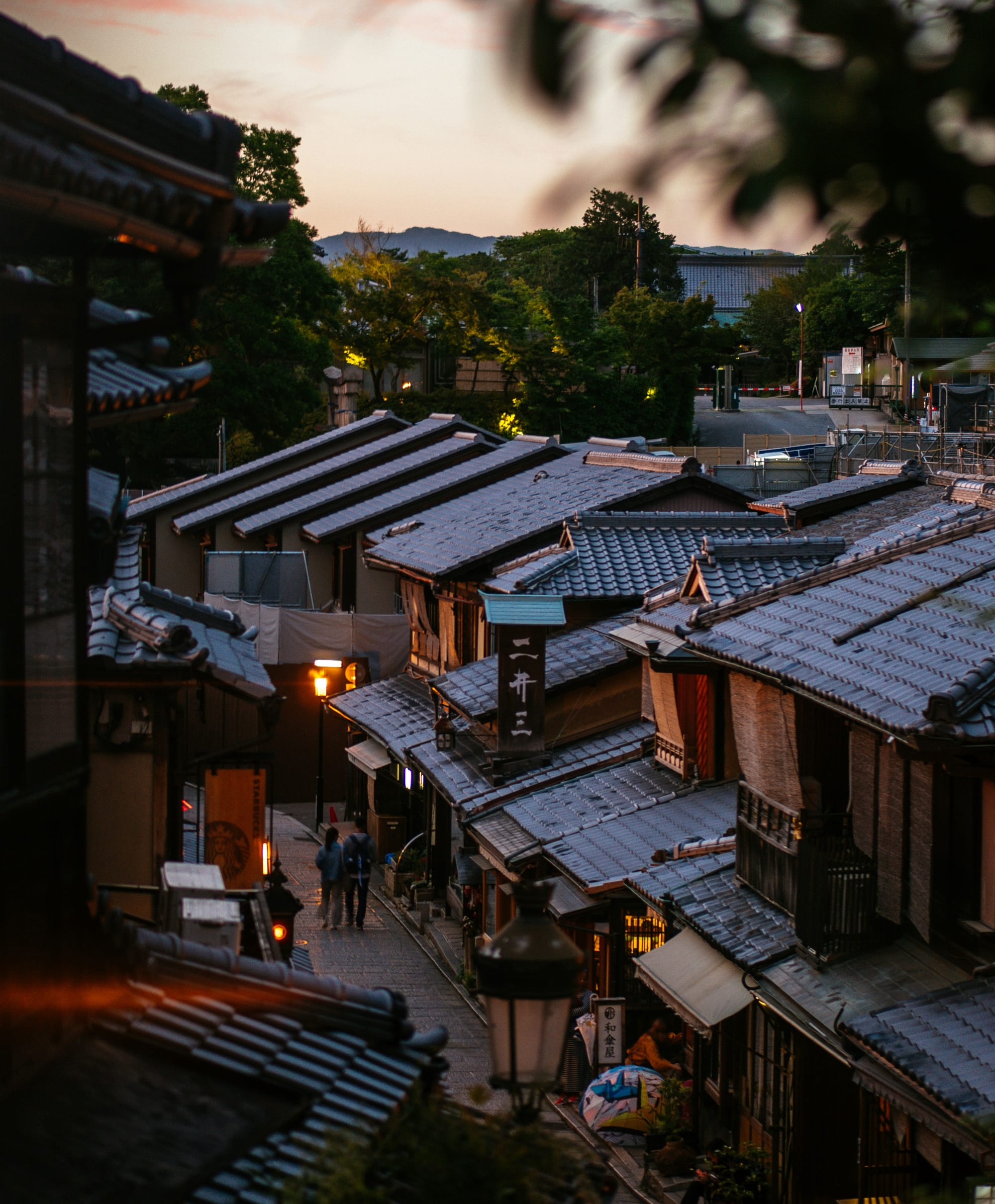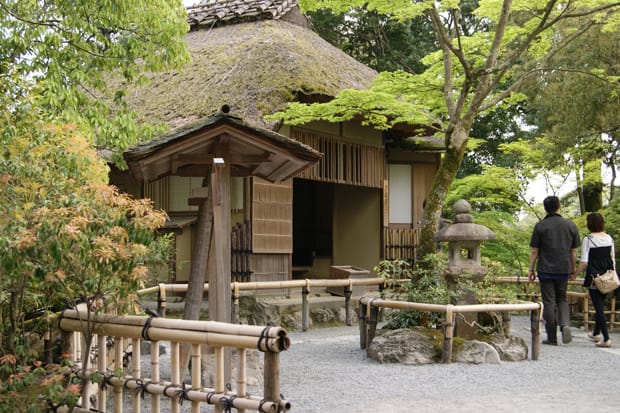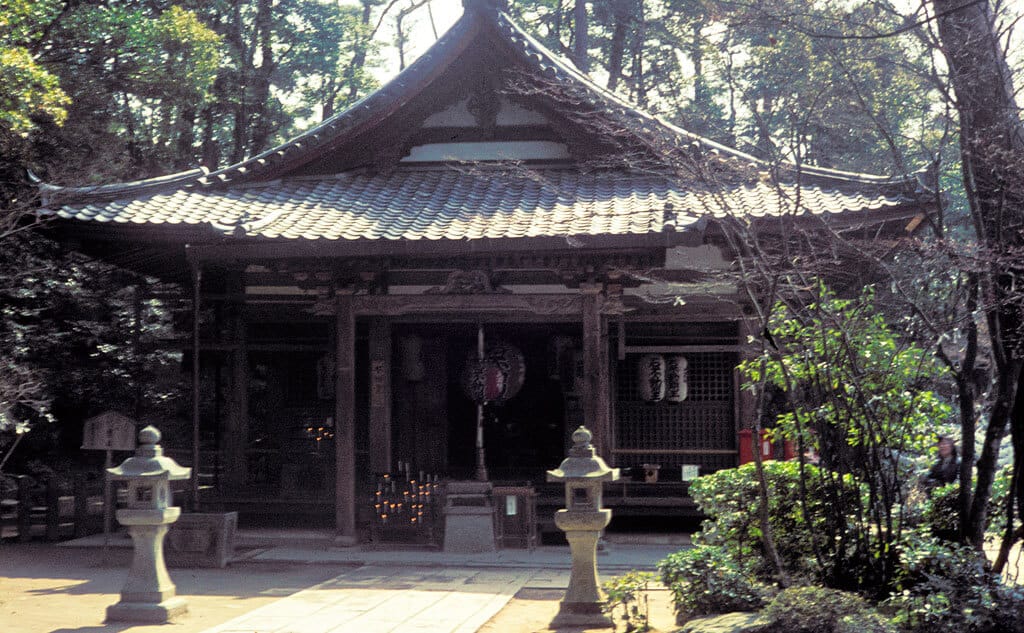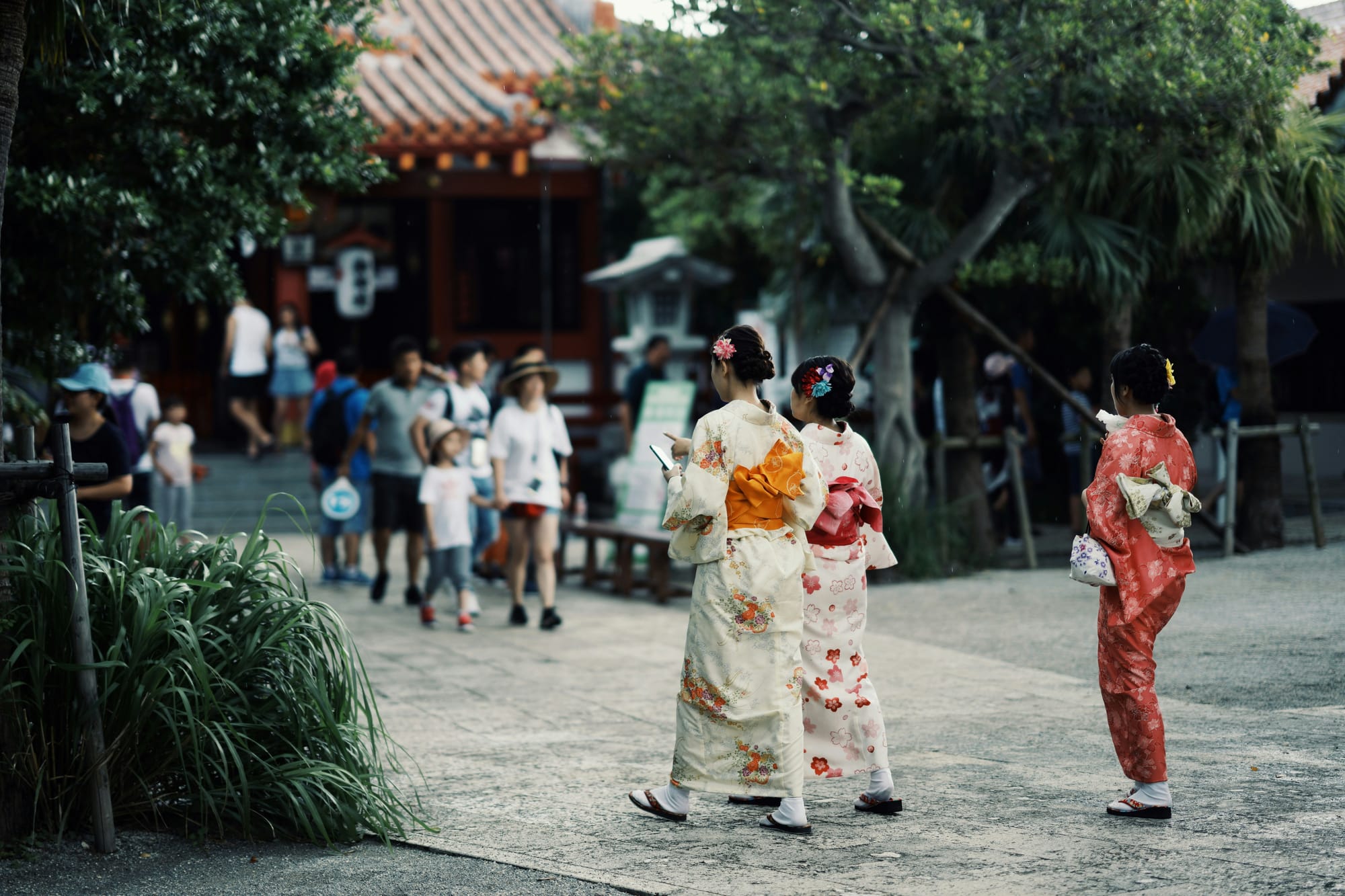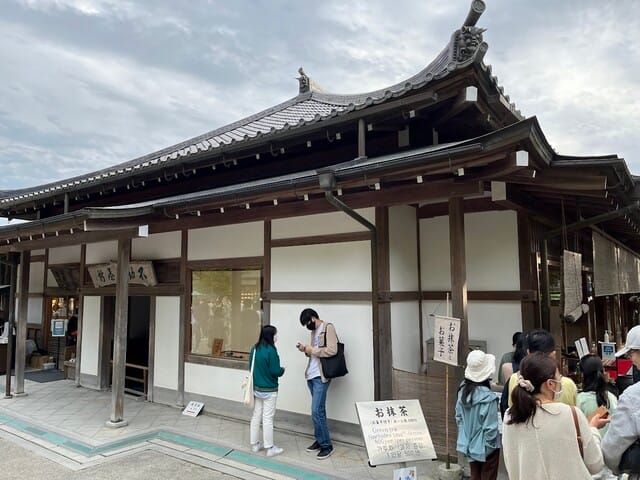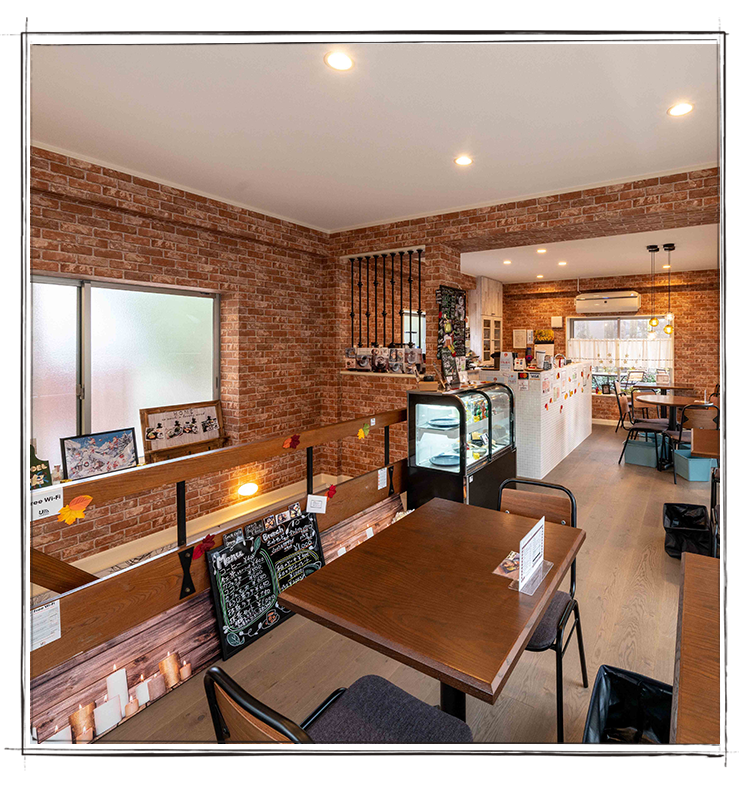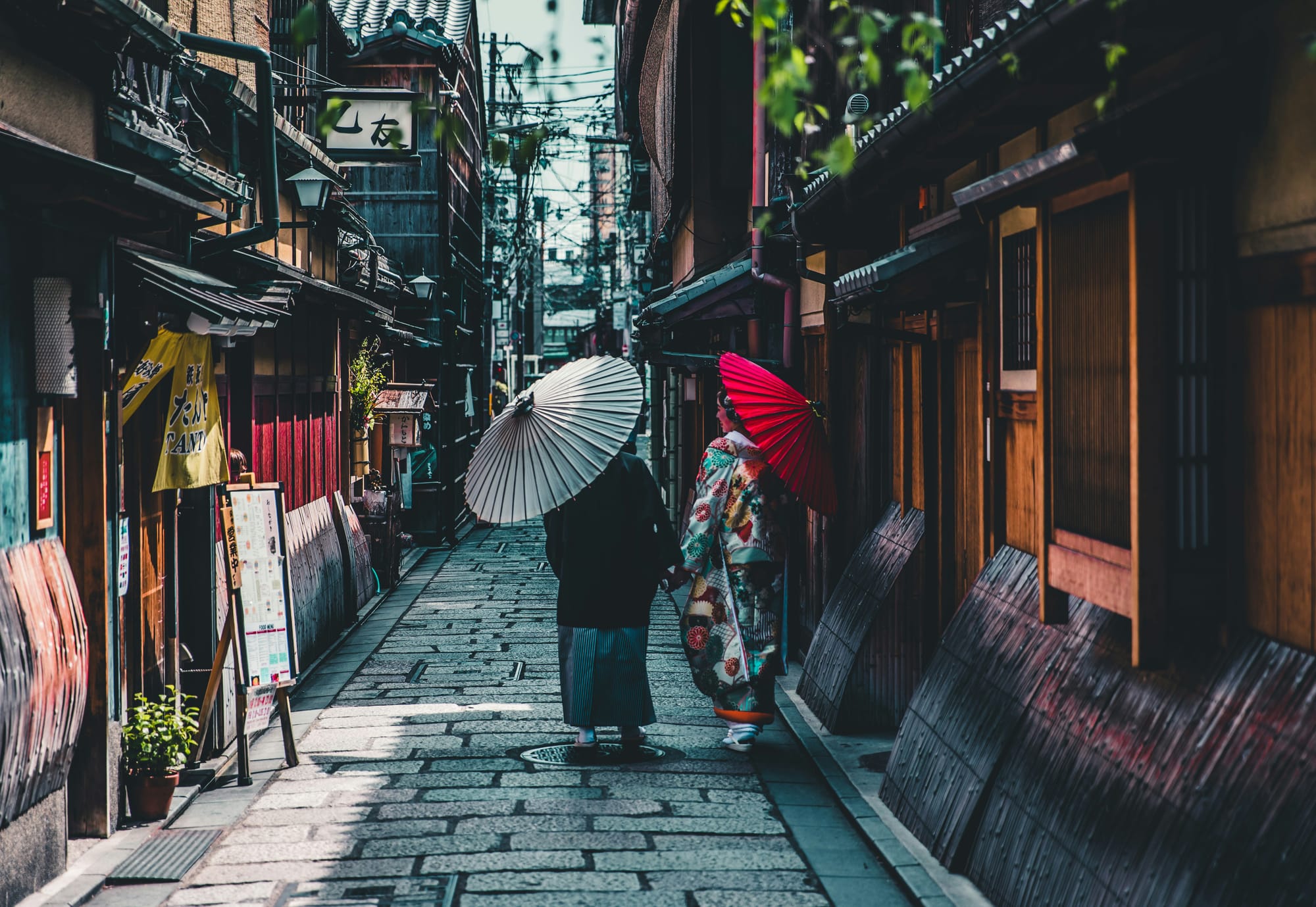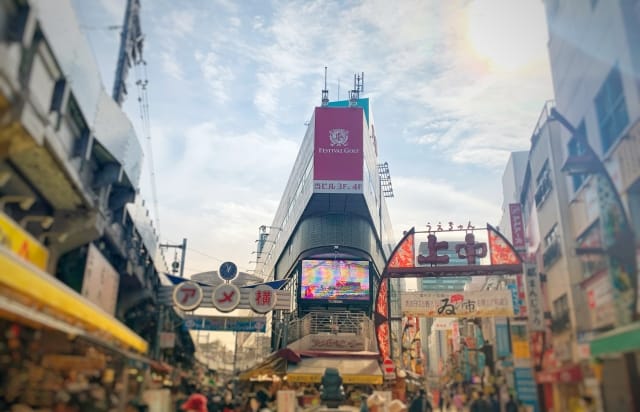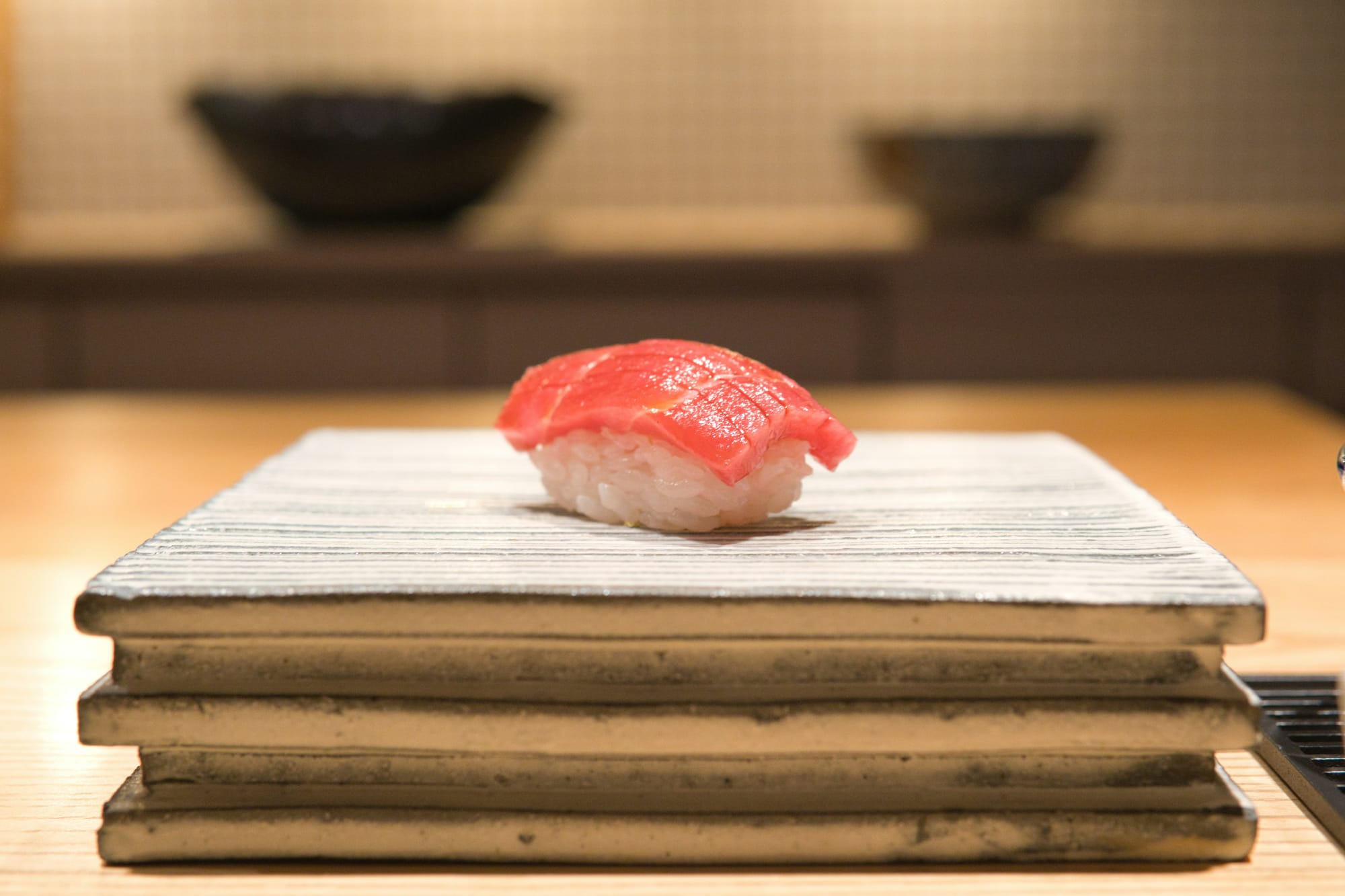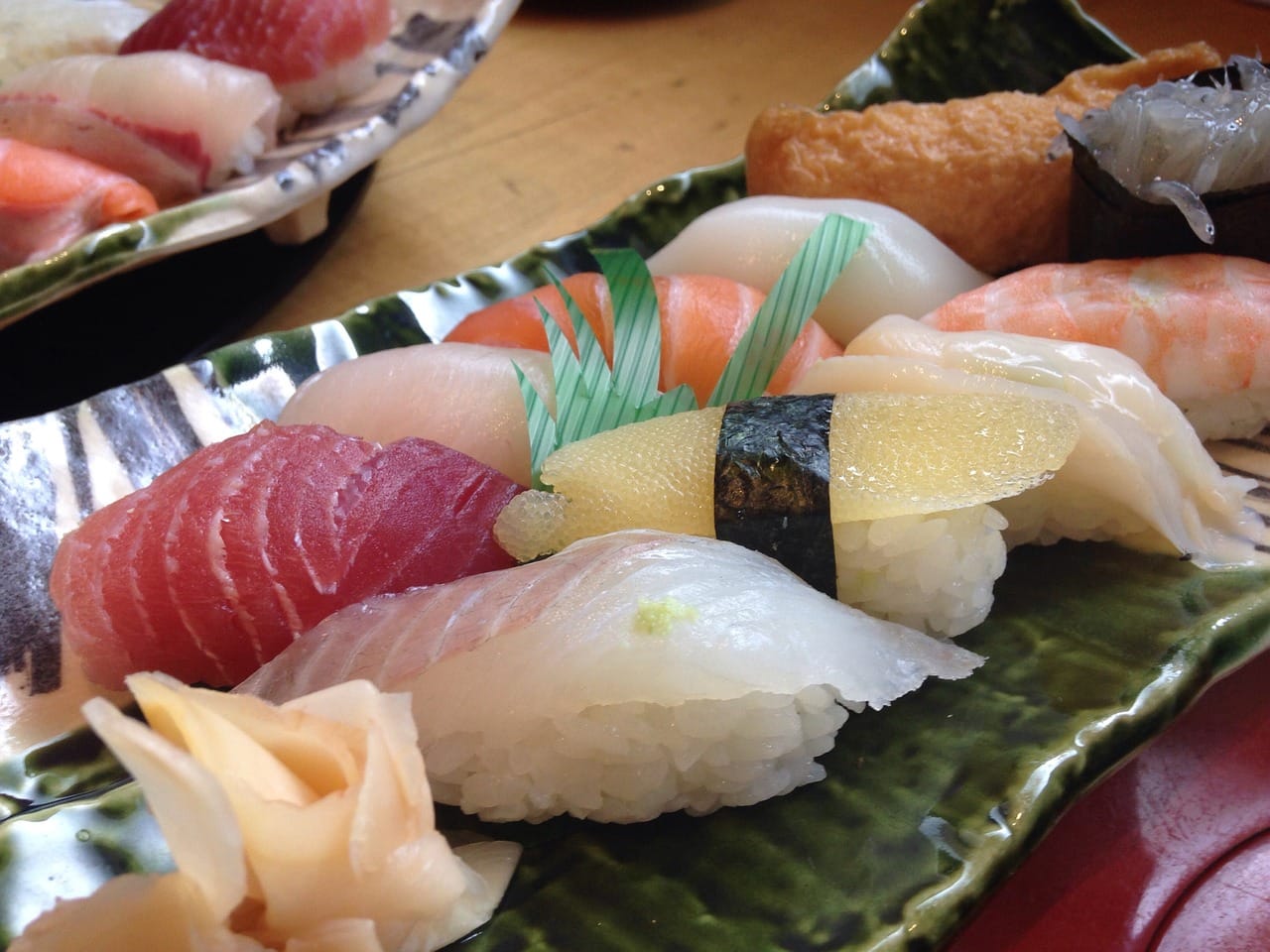Visiting Kinkakuji Temple: The Golden Pavilion in Kyoto
I visited Kyoto several times between August and October 2024. I'm updating this article to share the new charms of Kyoto I discovered and to recommend the latest spots worth visiting. In this update, I've also included the newest information about Kyoto for 2025.
Another reason for this update is the growing interest in tours that allow visitors to fully experience Kyoto's traditions and culture.
Due to Kyoto's deep history and traditions, first-time visitors often find it challenging to explore the city efficiently while gaining a deeper understanding. This has led to increasing popularity of guided tours like those offered by Magical Trip, where local guides help tourists navigate the city.
Notably, Magical Trip's tour, which was ranked No.1 among all tours on Tripadvisor in 2024, is experiencing high demand in 2025.

For those interested in Kyoto's traditions and culture, we recommend the following tours where you can experience authentic Kyoto tea ceremonies and Zen meditation:
• Kyoto Tea Ceremony & Kiyomizu-dera Temple Walking Tour
• Kyoto Zen Meditation & Garden Tour at a Zen Temple, including a traditional vegetarian lunch
If you love visiting shrines and temples, try the "Fushimi Inari Hidden Hiking Tour" to discover the hidden charms of Fushimi Inari Shrine.
Whichever tour you choose, it's sure to be an unforgettable experience!
Introduction
Kyoto is a historic city with over 1000 years of history as the capital where emperors and nobles resided. During that time (8th to 12th centuries), the aristocrats were deeply religious and built many temples and shrines as evidence of their faith.
These temples and shrines have preserved their centuries-long history and have been carefully passed down to the present day. After the 12th century, as times changed, natural disasters, wars, and famines occurred in succession, and social conditions shifted. Pure Land Buddhism (a branch of Buddhist faith) spread among the common people, and its teachings are still alive in modern Japanese society. Among these, "Kinkakuji Temple" is a representative temple of Kyoto.
It is also a meaningful place that expresses the "land of peace" sought by the people. Let's unravel the charm of Kinkakuji Temple, which foreign visitors yearn to visit at least once.
What is "Kinkakuji Temple," a must-visit popular tourist attraction in Kyoto?
Kinkakuji Temple is in a class of its own among popular tourist spots in Kyoto for foreigners. Tourists from around the world flock to see its magnificent appearance covered in gold leaf throughout the year.
Kinkakuji Temple stands on the shore of a pond called Kyoko-chi. On calm days without wind, you can enjoy a breathtakingly beautiful view of the golden Kinkakuji Temple reflected upside-down on the water's surface, creating a scene that seems otherworldly.
Kinkakuji Temple was built in the late 1300s, during an era of warfare. It is said to have been constructed to express the ideal world of "Pure Land Paradise," a realm entirely free from suffering, in stark contrast to the real world plagued by war and famine. The divine radiance of the Shariden (reliquary hall) is filled with indescribable beauty.
The stroll garden centered around Kyoko-chi pond is also elegant, and appreciating its completely different expressions in spring, summer, autumn, and winter is one of the delights of exploring Kinkakuji Temple.
5 Must-See Highlights When Visiting Kinkakuji Temple
The "Shariden (Golden Pavilion)" Adorned with Golden Brilliance
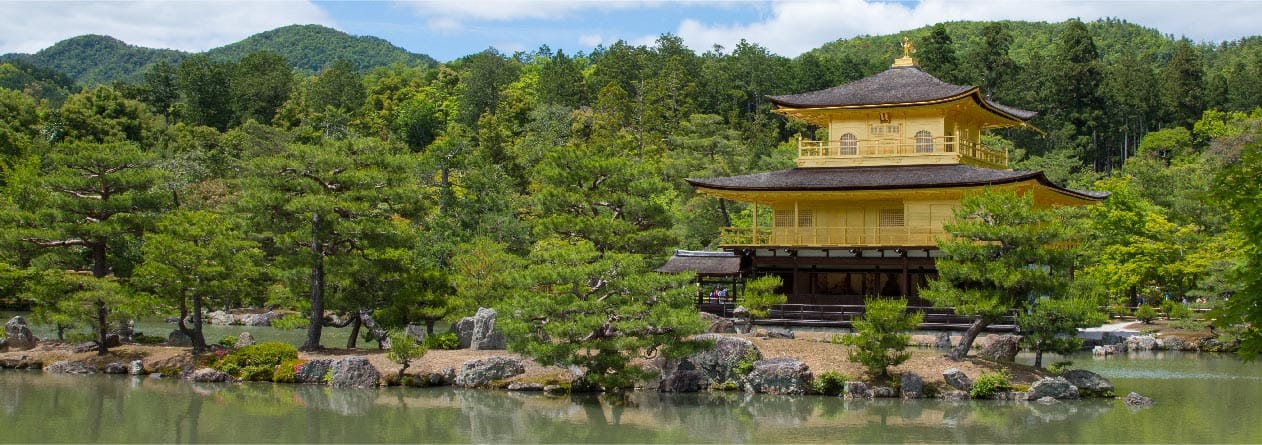
source:Official website
The official name of Kinkakuji Temple is "Rokuon-ji." It became commonly known as Kinkakuji Temple because the main "Shariden Kinkaku" (Golden Pavilion) is so famous.
The first floor of the Shariden Golden Pavilion adopts the Shinden-zukuri style (aristocratic residential style) favored by nobles, the second floor features the Buke-zukuri style (a practical and simple residential style aimed at the warrior class opposing the aristocrats), and the top floor employs the Butsuden-zukuri style (an architectural style for enshrining and worshipping Buddha statues). The Golden Pavilion became a symbol of authority for those at the pinnacle of both imperial and military power.
The second and third floors are covered with approximately 200,000 pieces of gold leaf, each measuring 10.8 cm square, emitting a divine radiance. The reflection of the Shariden Golden Pavilion in Kyoko-chi pond is also called the "Inverted Golden Pavilion," and on clear days, you can encounter the elegant sight of the Golden Pavilion reflected in the pond.
The changing scenery with the seasons - cherry blossoms in spring, green leaves in summer, autumn foliage, and snow in winter - is truly magnificent. Encountering its snow-covered appearance is particularly rare. The Golden Pavilion standing in the stillness of winter is infinitely solemn, and its dignified atmosphere is overwhelming.
"Kyoko-chi Pond" Reflecting the Elegant Golden Pavilion on its Surface
source:Official website
While the glamorous Shariden Golden Pavilion tends to steal the spotlight, the true beauty of Kinkakuji Temple lies in its garden, including Kyoko-chi pond. This garden at Kinkakuji Temple is a representative 14th-century stroll garden with a pond, incorporating the Pure Land style (a Japanese garden style from the 8th to 14th centuries), and is said to be one of the most beautiful gardens in Japan.
The Golden Pavilion stands on the northern shore of Kyoko-chi pond, and the garden features various large and small islands floating in the pond, representing the nine mountains and eight seas of Buddhist cosmology, exuding a solemn atmosphere.
The most beautiful view of the Golden Pavilion is from the south side of Kyoko-chi pond, which has become a standard photo spot. The best timing is in the morning when the sun hits the Golden Pavilion and it begins to shine brilliantly.
If you are interested in Kyoto's Morning, check the article below! I summarized how and where you can enjoy Kyoto's Morning as much as possible.
"Sekkatei" Where You Can View the Beautiful Golden Pavilion at Sunset
source:Kotolog Kyoto
Sekkatei is a tea house located within the grounds of Kinkakuji Temple. Its name originates from the fact that "the Golden Pavilion looks especially beautiful in the evening light." Located on a hill overlooking Kinkakuji Temple, you can indeed view the Golden Pavilion bathed in the evening sun, true to its name.
Kinkakuji Temple illuminated by the setting sun takes on a different atmosphere from daytime, showing a mystical expression.
Unfortunately, it is currently not possible to enter the tea room of Sekkatei, but you can peek inside from the outside.
Sekkatei was built by Kanamori Sowa, one of Kyoto's leading tea masters, and is a modest building characterized by a hip-and-gable roof and thatched roof, exuding a sense of "wabi-sabi."
If you want to enjoy an even more beautiful view of Kinkakuji Temple, try visiting in the early morning when there are fewer people.
"Fudo-do Hall" Where Fudo Myoo Sleeps
source:kokuho.tabibun.net
The Fudo-do Hall is the oldest existing building within the Kinkakuji Temple grounds. It is famous for its stone Fudo Myoo statue, said to be the work of Kukai, a highly renowned monk in Japanese history.
The stone Fudo Myoo is considered an absolute secret Buddha and can be viewed directly only twice a year, making it extremely precious. Special public viewings are held only on February 3rd for Setsubun (a day marking the change of seasons with customs for praying for good health) and August 16th for the Daimonji Gozan Okuribi (an annual summer event to honor and send off the souls of ancestors who return to this world).
The stone Fudo Myoo is said to bring benefits for illnesses from the neck up, especially eye diseases. Many people with visual impairments or those who strain their eyes with games and computers also come to pray here. If you happen to visit on a day when it can be viewed directly, you're in luck!
"Rikushu-no-Matsu," an Impressive Bonsai Over 600 Years Old
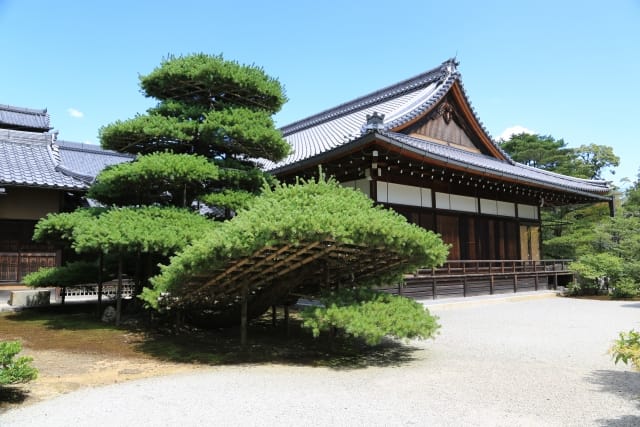
In the garden of the Shoin on the east side of Kyoko-chi pond, there is a magnificent pine tree called "Rikushu-no-Matsu." This Rikushu-no-Matsu is counted as one of the three famous pines in Kyoto. It was originally a bonsai cultivated by the head of the temple himself, then planted in the ground and shaped like a boat. It is said to be over 600 years old.
Its spread branches are powerful, giving a sense of dynamism as if about to set sail on the great sea. The bow of Rikushu-no-Matsu faces west towards the Golden Pavilion, embodying the owner's desire to head towards the Pure Land Paradise on this ship.
What's the Best Season to Enjoy Kinkakuji Temple 10 Times More?
"Autumn" with its Colorful Foliage is the Best Season for Visiting Kinkakuji Temple
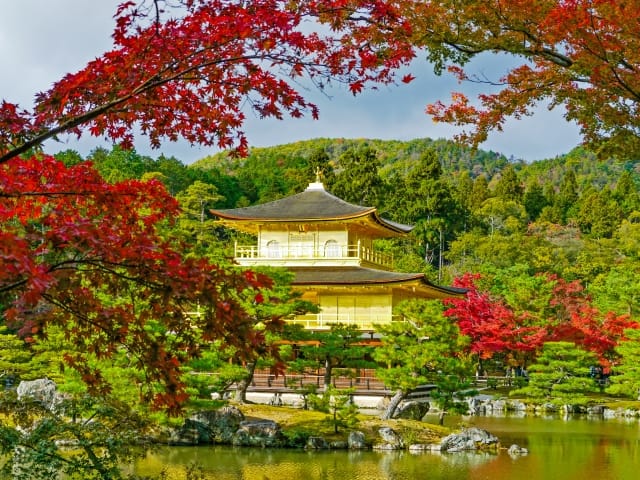
One of the attractions of Japan's rich nature is the autumn foliage. While Kyoto has numerous famous spots for autumn leaves, Kinkakuji Temple is an unmissable foliage spot.
From around mid-November, when the backdrop of Mount Kinugasa begins to change color nicely, you can enjoy the luxurious contrast of gold and red. The scenery of autumn leaves adding color to the Golden Pavilion reflected in Kyoko-chi pond is particularly impressive.
Autumn foliage can be seen throughout the temple grounds. The maple trees turn red at the main gate (Somon) and in front of the bell tower near the main gate, creating beautiful scenery. The garden has many evergreen trees like pines, which make the burning red autumn leaves stand out even more against the green backdrop.
For Those Who Want to Feel the Essence of Kyoto, "Summer at Kinkakuji Temple" Surrounded by Fresh Greenery is Also Recommended
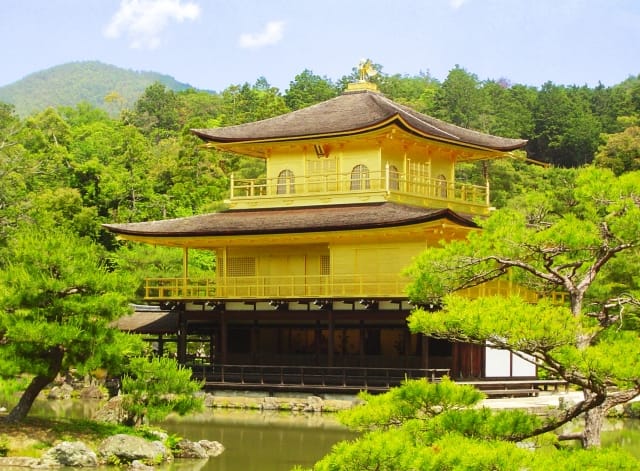
The summer season, when you can feel the power of Japanese nature, is also recommended. The Shariden Golden Pavilion, which becomes even more lustrous and radiant under the summer sun, has a beauty of its own class.
The surrounding greenery is deep and rich, and its reflection in Kyoko-chi pond is vibrant and shining. Under the piercingly blue sky and white clouds, the Shariden Golden Pavilion shining amidst the fresh greenery has a summer-specific intensity that dazzles the eyes.
While you might want to take your time and explore from the morning, if you want to avoid the midsummer heat, late afternoon is recommended. The harsh sunlight will have softened a bit, and the crowds will have thinned, allowing for a more comfortable visit.
If you are interested in Kyoto Photo Spot, check the article below! I summarized how and where you can enjoy Kyoto Photo Spot as much as possible.
Recommended Rest Spots Around Kinkakuji Temple
Kinkakuji Fudo Gama Chasho
source:Tabelog
"Kinkakuji Fudo Gama Chasho" is a tea house within the grounds of Kinkakuji Temple. Located right next to the Fudo-do Hall, you can choose between outdoor seating surrounded by trees or indoor tatami room seating.
The outdoor seating, with red Japanese umbrellas and mats laid out, is just like the image of traditional tea houses familiar from historical dramas. The menu only offers matcha tea with sweets. It's a beloved rest spot after exploring Kinkakuji Temple.
The sweet, embossed with the Golden Pavilion and phoenix and sprinkled with gold dust, is a treat you'll want to take home as a souvenir. Inside is a salty bean paste, and its sweet and salty flavor pairs well with the aromatic bitterness of the matcha.
Be sure to savor this specialty from the popular Kyoto confectionery shop "Senbon Tamajuken," available exclusively at Kinkakuji Temple.
<Store Information>
・Address: Kinkakuji Temple, 1 Kinkakujicho, Kita-ku, Kyoto
・Business Hours: 9:00-15:30
・Closed: Irregular
・Phone: 075-461-0013
・Official Website
Sabo Kinkakuan
source: Official website
"Keikyu Sabo Kinkakuan" is a cafe utilizing a traditional Kyoto townhouse. With semi-private table seating and fully private sofa seating or tatami rooms available, you can spend time leisurely in a space that maintains privacy.
You can enjoy Kyoto-like scenery, viewing the garden from the first floor and the "Left Daimonji" of the Gozan Okuribi from the second-floor rooms.
Here, try the highest quality gyokuro tea, which has won gold medals not only in Japan but also at tea tasting competitions in Paris, France. It's concentrated with the characteristic viscous sweetness and umami of gyokuro, and I was shocked by how it overturned my previous concept of Japanese tea.
The reservation-only afternoon tea is also exquisite, so I hope you'll take your time to enjoy it leisurely.
<Store Information>
・Address: 36-1 Kinugasa Nishigoshonouchi-cho, Kita-ku, Kyoto
・Business Hours: 11:00-17:00 (Thursdays only from 11:30) *Reservations preferred. Reservation-only courses require booking at least two days in advance
・Closed: Tuesdays, Wednesdays, and some irregular holidays
・Phone: 075-888-1567
・Official Website
Cafe Green Garden
source: Official website
"Cafe Green Garden," located in a quiet residential area near Kinkakuji Temple, is a hidden gem cafe loved by locals. With a casual space unified by brick and wood tones, it has a soothing and relaxing atmosphere that's somehow comforting.
On days with pleasant breezes, the open terrace balcony seats are recommended. In a resort-like setting with parasols, you'll find yourself engrossed in conversation, losing track of time.
The menu is extensive, including light meals like pasta and bread, as well as cafe items like cakes and Japanese sweets. As it can be used for various occasions from morning to brunch to cafe time, it's a valuable spot for tourists as well.
<Store Information>
・Address: 30 Kinugasa Nishigoshonouchi-cho, Kita-ku, Kyoto
・Business Hours: 9:00-17:00 (L.O. 16:30)
・Phone: 075-468-1332
・Closed: Wednesdays *May be closed before or after if Wednesday falls on a holiday
・Official Website
Access
・Address: 1 Kinkakujicho, Kita-ku, Kyoto
・Take Kyoto City Bus routes 12/59/205/M1, get off at "Kinkakuji-michi" stop, 2-minute walk
・Visiting Hours: 9:00-17:00
・Phone: 075-461-0013
・Admission Fee: Adults (High School Students/18 years and older) 500 yen, Elementary/Junior High School Students (6-15 years old) 300 yen
・Official Website
It's Recommended to Visit "Ginkakuji Temple" Along with Kinkakuji Temple
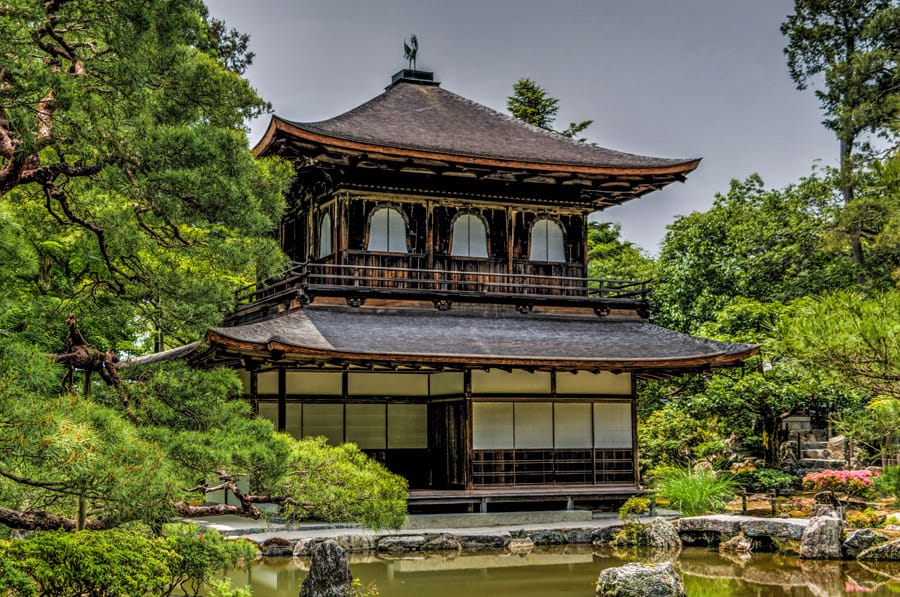
Often mentioned in pair with Kinkakuji Temple is "Ginkakuji Temple (official name: Tozan Jisho-ji)." Both are temples associated with the famous Kyoto temple "Shokoku-ji," but their worldviews are opposite.
In contrast to the luxurious and gorgeous Kinkakuji Temple, Ginkakuji Temple is characterized by a solemn construction that evokes a sense of "wabi-sabi." It expresses the heart that values "wabi," which represents unadorned, quiet beauty, and "sabi," which represents the charm of aging.
Of course, the national treasure-class building with its modest yet profound elegance is a must-see, but another unmissable point at Ginkakuji Temple is the meticulously maintained garden in front of the main hall. The "Ginsadan," white sand raked to represent ripples, and the "Kogetsudai," shaped like Mount Fuji, are designed to be illuminated by the moon.
Be sure to savor this timeless beauty that people of the past also loved.
<Facility Information>
・Address: 2 Ginkakujicho, Sakyo-ku, Kyoto
・Visiting Hours: Summer (3/1-11/30) 8:30-17:00, Winter (12/1-End of February) 9:00-16:50
・Closed: Open year-round
・Phone: 075-771-5725
・Admission Fee: Adults (High School Students/18 years and older) 500 yen, Elementary/Junior High School Students (6-15 years old) 300 yen
・Official Website
If you are interested in Kyoto's Best Temples and Shrines, check the article below! I summarized Kyoto's Best Temples and Shrines I recommend and how I felt each Temples and Shrines.
If you are interested in Kyoto's Attractions, check the article below! I summarized how and where you can enjoy Kyoto's Attractions as much as possible.
